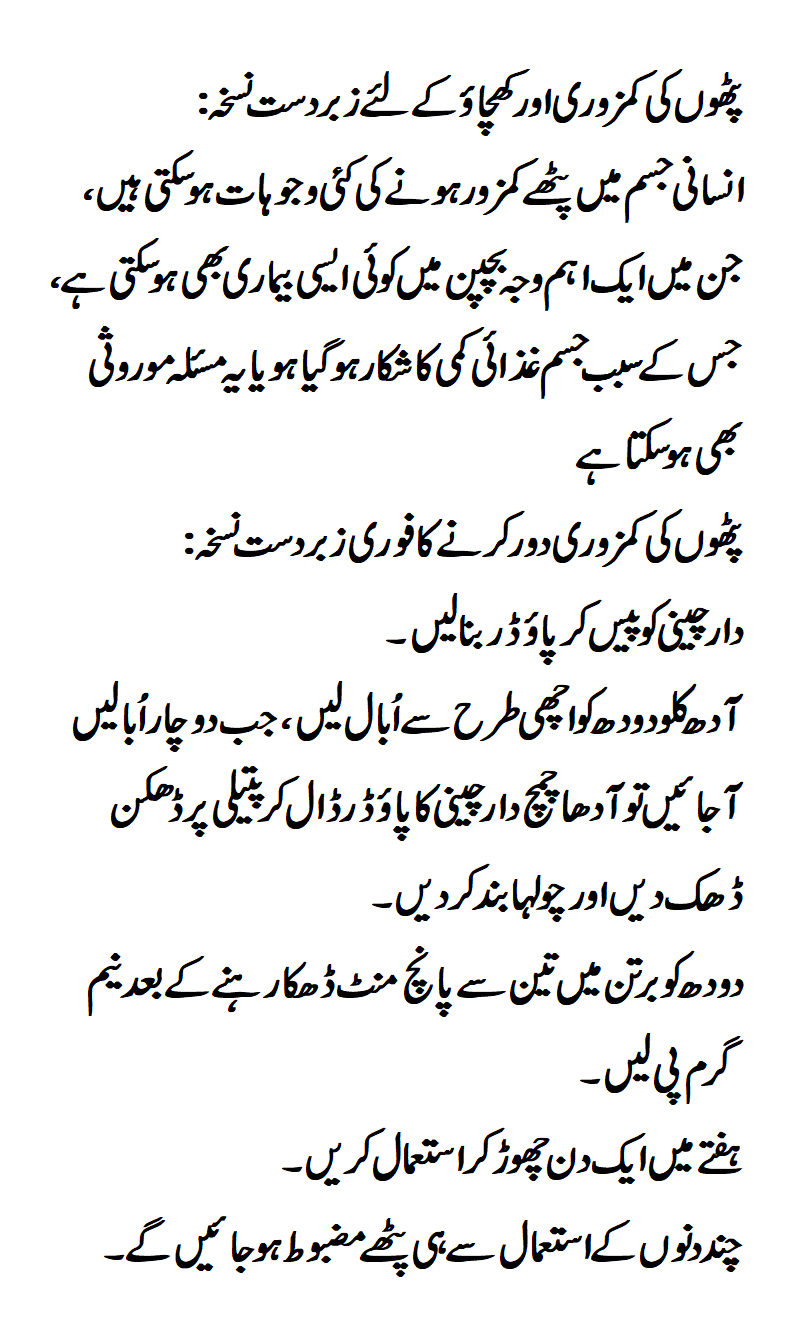Muscular dystrophy (MD) is a group of inherited diseases in which the muscles that control movement (called voluntary muscles) progressively weaken. In some forms of this disease, the heart and other organs are also affected. Muscular dystrophy can appear in infancy up to middle age or later, and its form and severity are determined in part by the age at which it occurs.
Muscular Dystrophy Symptoms by Type
Myotonic (also called MMD or Steinert’s disease). The most common form of muscular dystrophy in adults, myotonic muscular dystrophy affects both men and women, and it usually appears any time from early childhood to adulthood. In rare cases, it appears in newborns (congenital MMD). The name refers to a symptom, myotonia — prolonged spasm or stiffening of muscles after use. This symptom is usually worse in cold temperatures.
Duchenne. The most common form of muscular dystrophy in children, Duchenne muscular dystrophy typically affects only males. It appears between the ages of 2 and 6. The muscles decrease in size and grow weaker over time yet may appear larger.
Becker. This form is similar to Duchenne muscular dystrophy, but the disease is much milder: symptoms appear later and progress more slowly. It usually appears between the ages of 2 and 16 but can appear as late as age 25. Like Duchenne muscular dystrophy, Becker muscular dystrophy typically affects only males (1 in 30,000) and causes heart problems. Disease severity varies. Those with Becker can usually walk into their 30s and live further into adulthood.
